Money plants, also known as Pothos or Devil's Ivy, are popular indoor plants appreciated for their hardiness, attractive foliage, and air-purifying qualities. One of their most appealing features is their ability to climb and trail, making them perfect for vertical gardening and adding a lush, green touch to your indoor spaces. Training a money plant to climb indoors not only enhances its aesthetic appeal but also promotes healthy growth. Here’s a comprehensive guide on how to train your money plant to climb indoors.
Choosing the Right Money Plant

Selecting a Healthy Plant
When starting, choose a healthy money plant with vibrant green leaves and strong stems. Look for a plant free of pests and diseases. A robust plant will be easier to train and will grow more vigorously.
Best Varieties for Climbing
While all money plants can be trained to climb, some varieties like Golden Pothos, Marble Queen, and Neon Pothos are particularly well-suited for vertical growth due to their vigorous growth habits and attractive leaf patterns.
Also Read- Money Plants In Low Light: How To Ensure Healthy Growth
Preparing for Climbing

Providing Support
To train your money plant to climb, you need to provide it with support structures. These can include:
- Trellises: Freestanding or wall-mounted, trellises provide a sturdy framework for your plant to climb.
- Moss Poles: These mimic the plant's natural environment, encouraging aerial roots to attach and climb.
- Wall Hooks and Wires: These are excellent for creating a customized climbing path on walls.
Choosing the Right Pot
A pot with good drainage is essential to prevent root rot. Choose a pot that’s not too large for the plant to avoid excess moisture retention. A pot with a heavy base can provide stability for taller climbing structures.
Training the Plant

Initial Positioning
Place the support structure in the pot at the time of planting or repotting. Position the plant close to the support structure to encourage it to start climbing. If using a wall-mounted system, place the plant pot near the base of the wall.
Tying and Guiding
As the plant grows, gently tie the stems to the support structure using soft ties, such as garden twine or plant ties. Avoid using materials that can cut into the stems.
- Start Low: Begin by tying the lower stems to the support. Secure the ties loosely to allow for stem growth.
- Guide Growth: As new stems grow, continue to tie them higher up on the support structure, guiding the direction of growth.
Regular Maintenance
Regularly check the ties and adjust them as the plant grows to prevent constriction. Trim back any stems that grow away from the support structure to maintain a neat appearance and encourage vertical growth.
Optimizing Growing Conditions

Light Requirements
Money plants thrive in bright, indirect light. Place your climbing money plant near a window where it can receive ample light without direct sunlight, which can scorch the leaves. In low-light conditions, the plant will grow more slowly and may not climb as effectively.
Watering and Humidity
Water your money plant when the top inch of soil feels dry. Overwatering can lead to root rot, especially in pots with limited drainage. Money plants also benefit from higher humidity levels, which you can provide by misting the plant regularly or placing it near a humidifier.
Fertilization
Feed your money plant with a balanced, water-soluble fertilizer every 4-6 weeks during the growing season (spring and summer). Avoid over-fertilizing, as this can cause salt buildup in the soil and damage the plant.
Troubleshooting Common Issues

Leggy Growth
Leggy growth, characterized by long, sparse stems with few leaves, is often a sign of insufficient light. Move the plant to a brighter location to encourage fuller, bushier growth. Regular pruning can also help promote more compact growth.
Yellowing Leaves
Yellowing leaves can indicate several issues, including overwatering, underwatering, or nutrient deficiencies. Check the soil moisture and adjust your watering schedule as needed. If the problem persists, consider repotting the plant with fresh soil.
Pests and Diseases
Keep an eye out for common pests such as spider mites, aphids, and mealybugs. Treat infestations promptly with insecticidal soap or neem oil. Ensure good air circulation around the plant to prevent fungal diseases.
Also Read- How To Train A Money Plant To Climb Indoors
Advanced Training Techniques
Creating a Living Wall
For a dramatic effect, consider creating a living wall with multiple money plants. Use a series of wall-mounted hooks and wires to guide the plants’ growth across the wall. This technique requires regular maintenance to keep the plants tidy and healthy but can create a stunning visual impact.
Using Multiple Supports
Combining different support structures can add visual interest and help guide the plant in creative directions. For example, use a combination of trellises and moss poles to create a dynamic climbing environment.
Propagation
Propagating new plants from stem cuttings can help fill in gaps and create a fuller climbing display. Cut a healthy stem with a few leaves and place it in water or moist soil until it develops roots. Once rooted, add the new plant to your climbing setup.
Also Read- Eco-Friendly Decor: Using Money Plants In Your Home
Conclusion
Training a money plant to climb indoors is a rewarding way to enhance your indoor garden and make the most of your vertical space. With the right support structures, proper care, and regular maintenance, your money plant can thrive and create a lush, green display. Whether you’re aiming for a simple climbing accent or a full living wall, these tips and tricks will help you achieve a healthy, beautiful money plant that climbs gracefully in your home. Happy gardening!


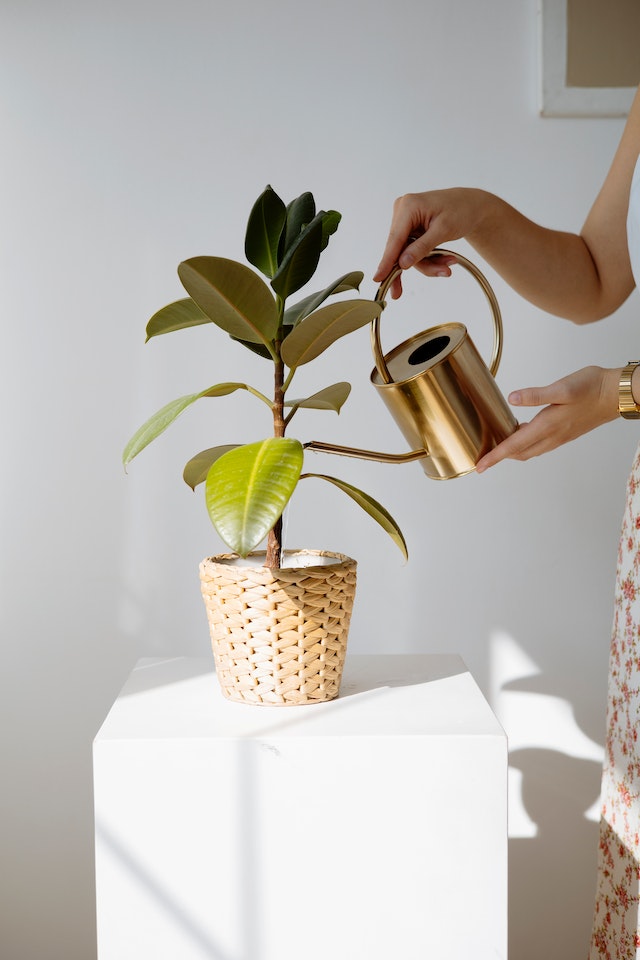

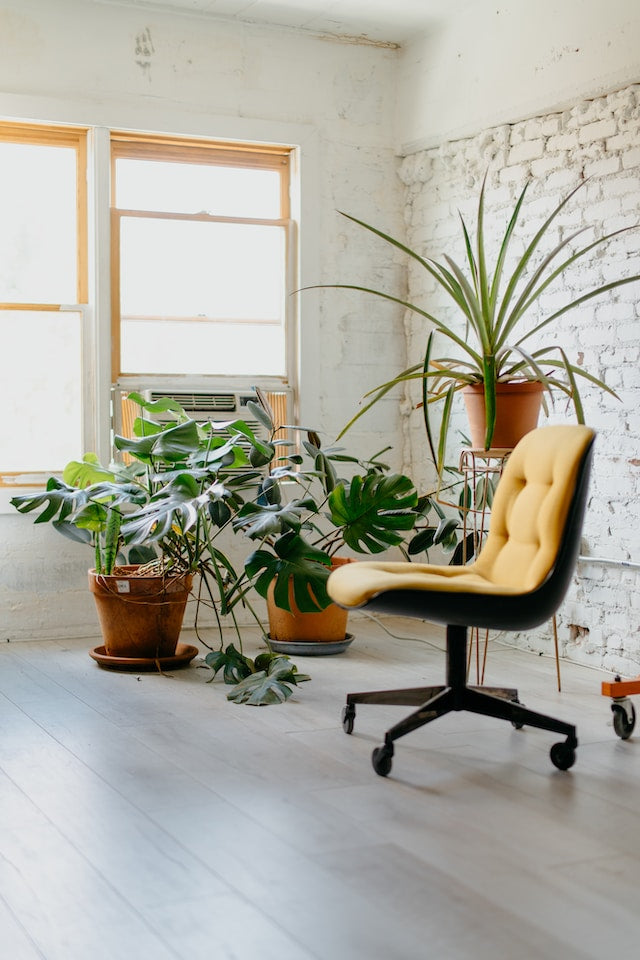
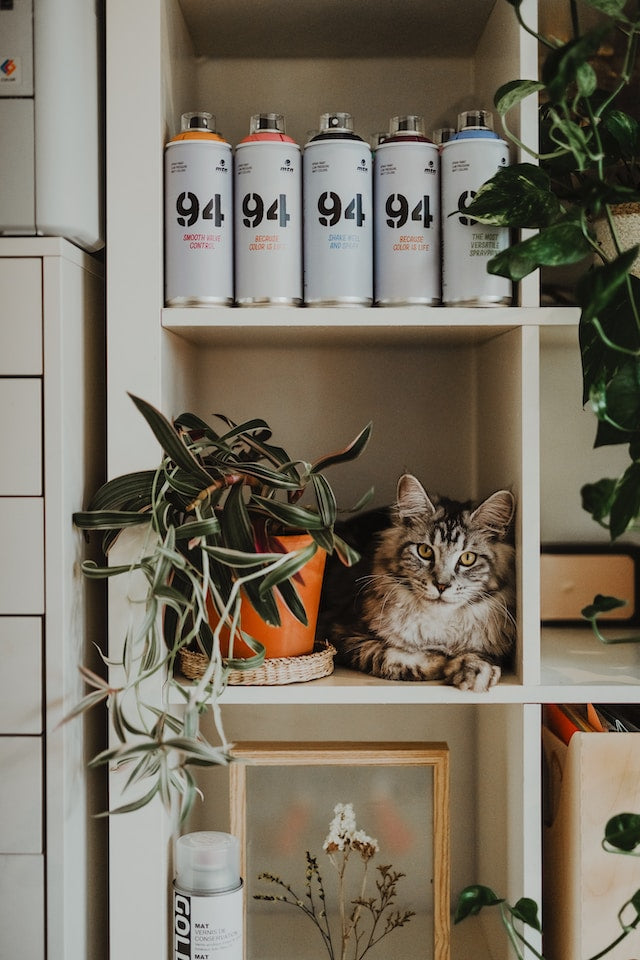
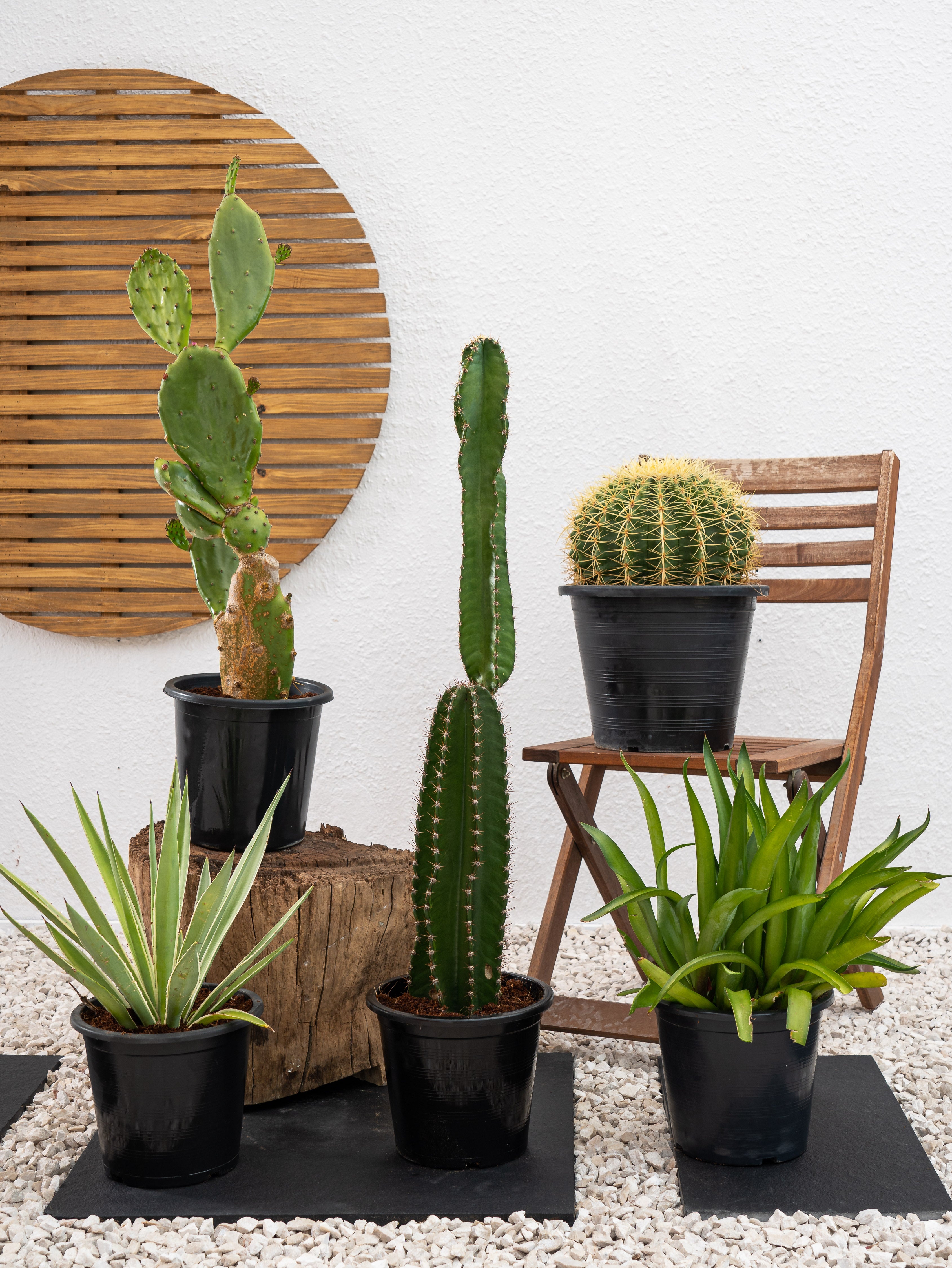
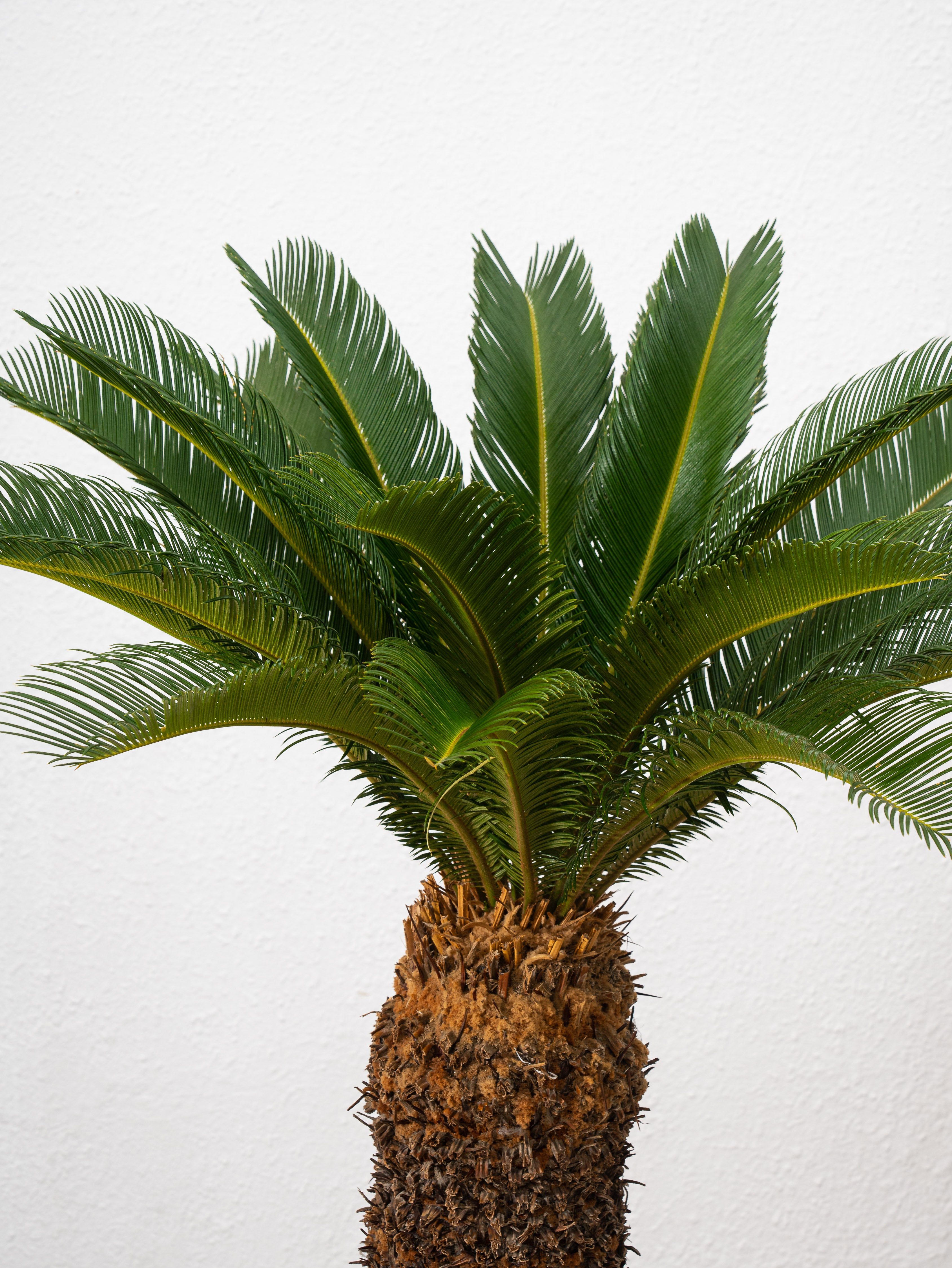
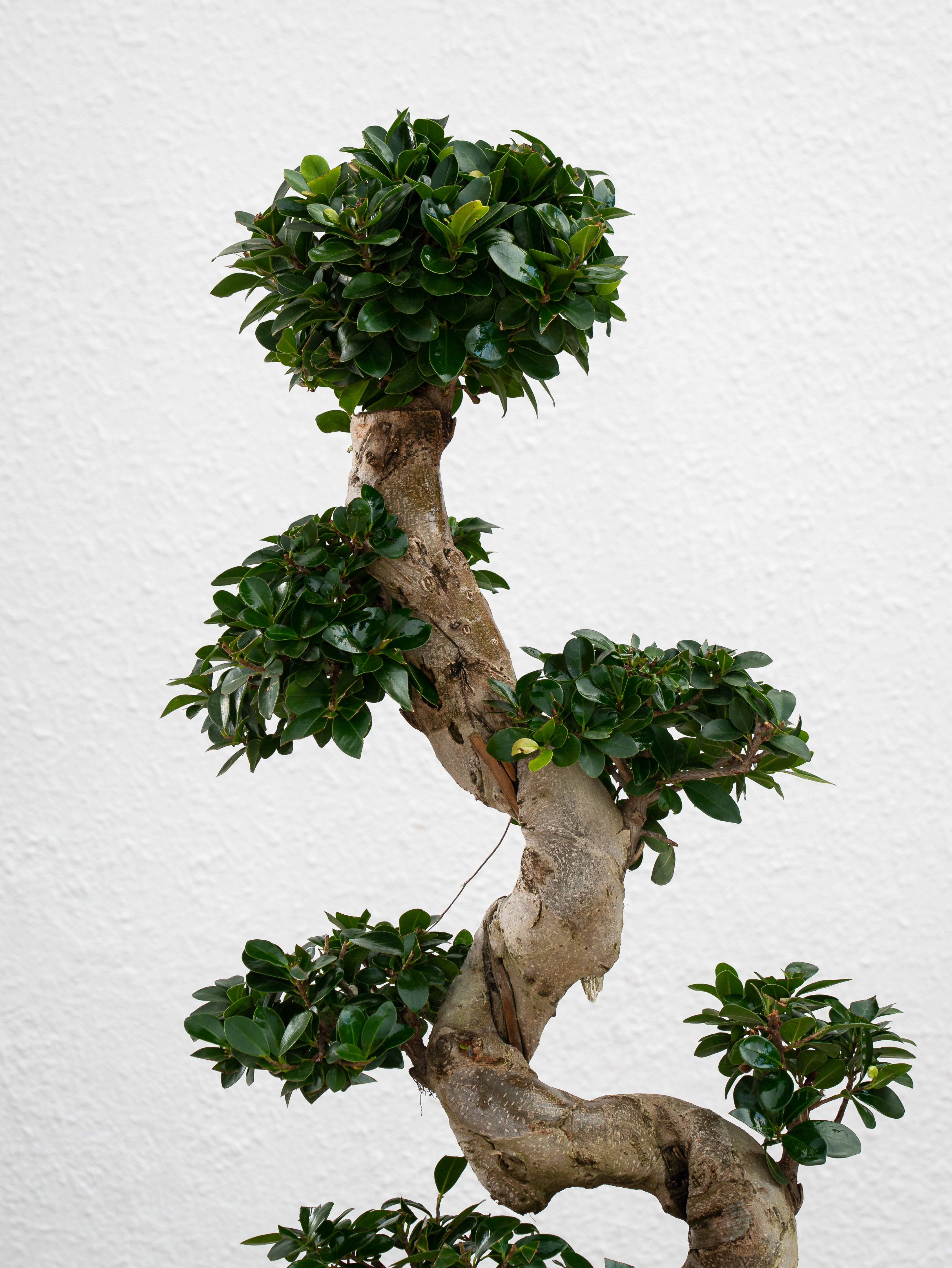
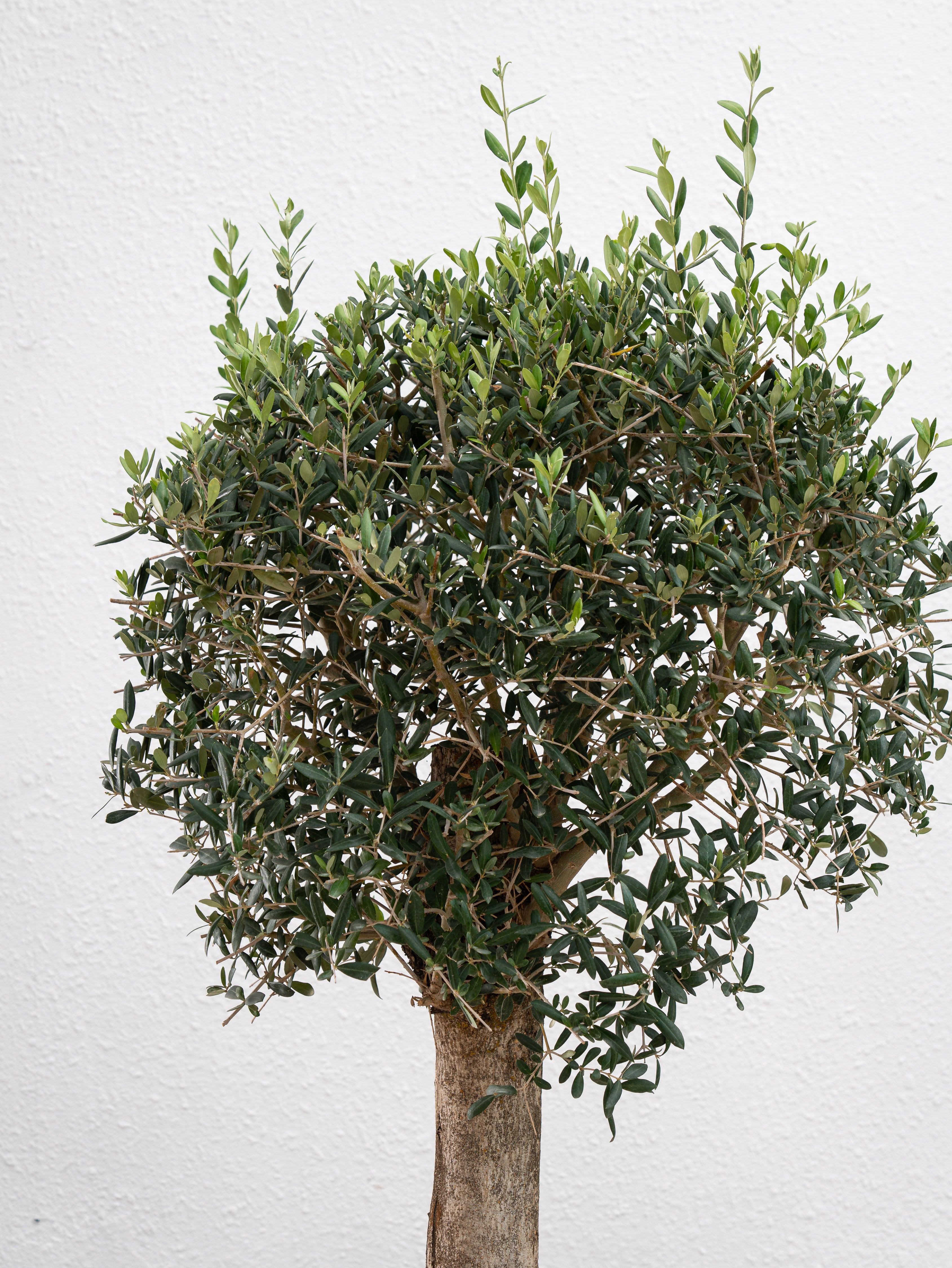

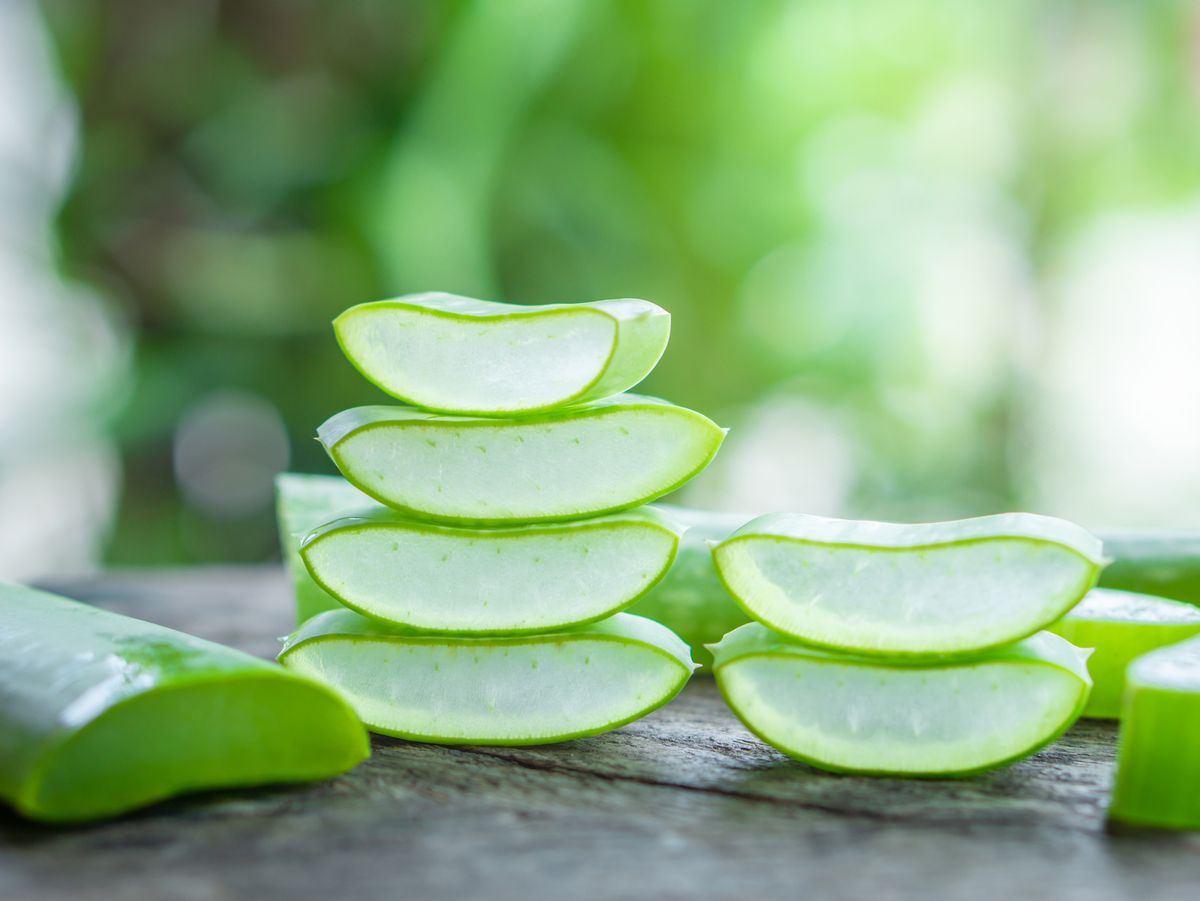

Leave a comment
This site is protected by hCaptcha and the hCaptcha Privacy Policy and Terms of Service apply.